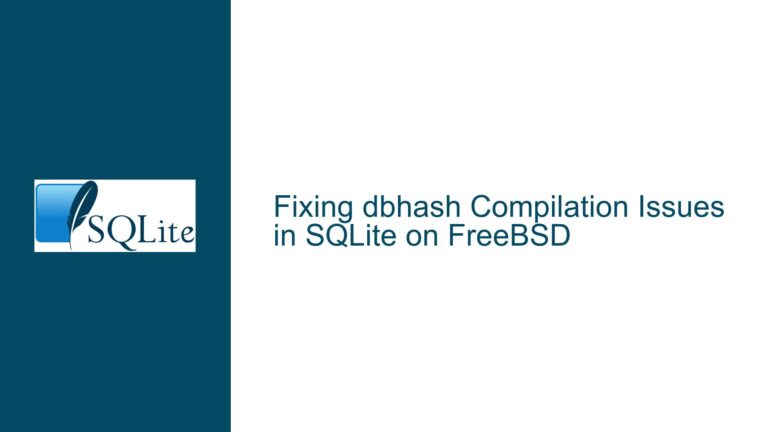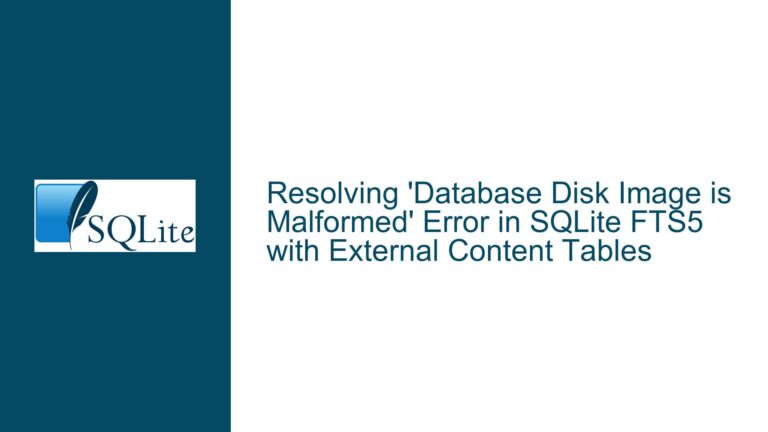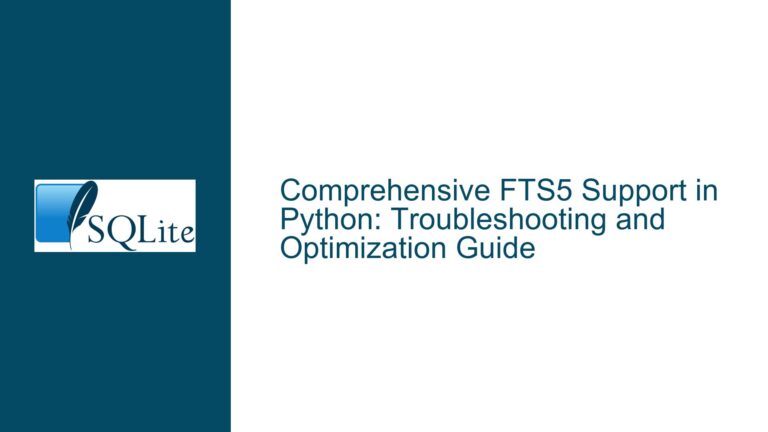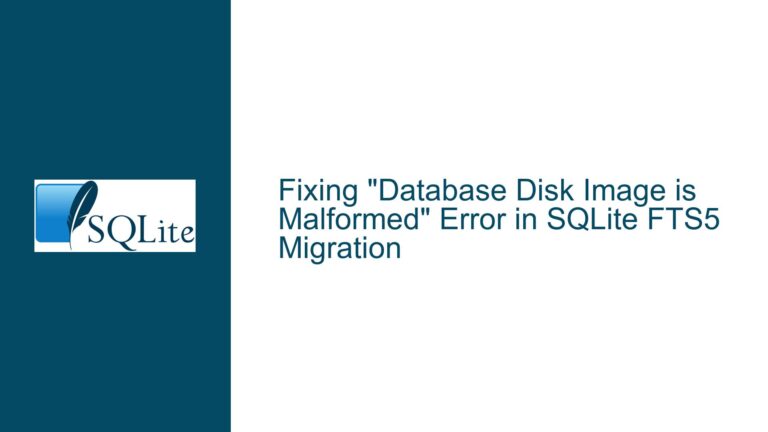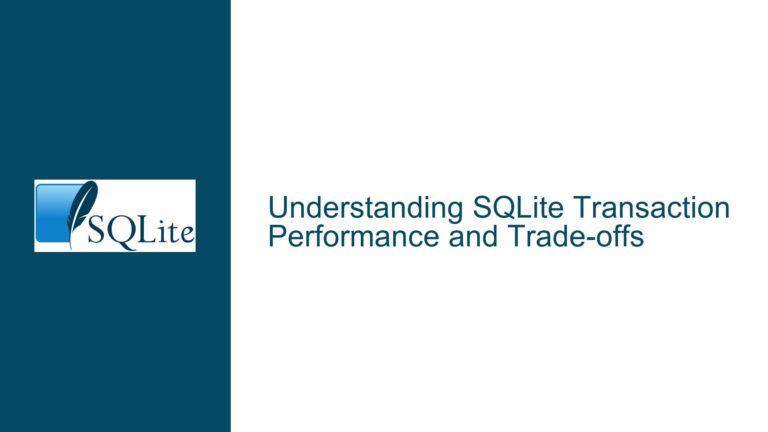Fixing dbhash Compilation Issues in SQLite on FreeBSD
Understanding the dbhash Compilation Process and Its Dependencies The core issue revolves around the inability to compile the dbhash utility from the SQLite source code on a FreeBSD system. The user followed the standard procedure of downloading the sqlite-autoconf-3470000.tar.gz package, running the ./configure script successfully, and then attempting to build dbhash using the make command….
